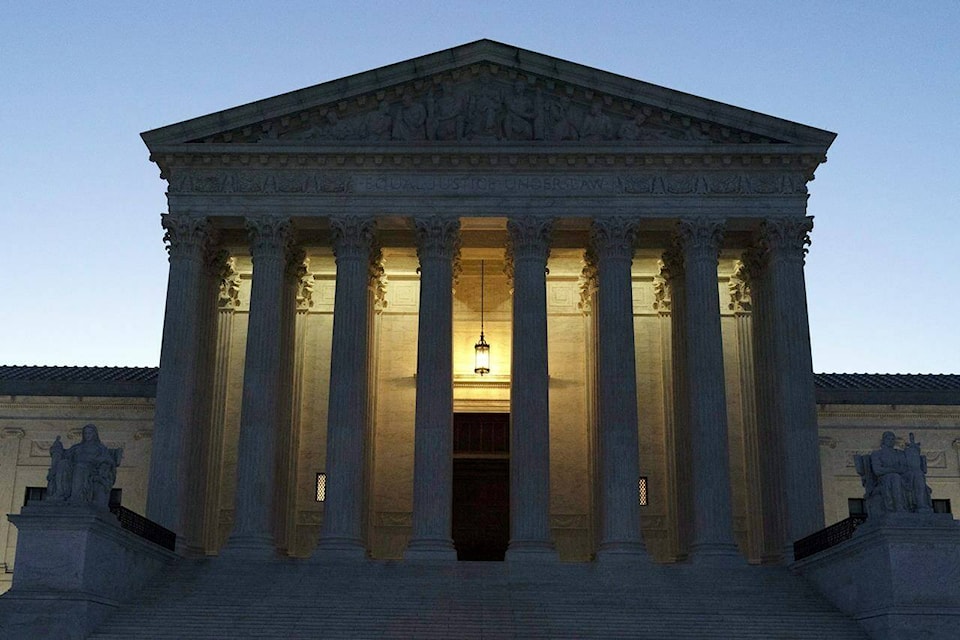The United States on Monday is hearing arguments over that would shield members of the Sackler family who own the company from civil lawsuits over the toll of opioids.
The agreement hammered out with state and local governments and victims would provide billions of dollars to combat . The Sacklers would contribute up to $6 billion and give up ownership, and the company would emerge from bankruptcy as a different entity, with its profits used for treatment and prevention.
But the justices during the summer, in response to objections from the Biden administration.
The issue for the justices is whether the legal shield that bankruptcy provides can be extended to people such as , who have not declared bankruptcy themselves. Lower courts have issued conflicting decisions over that issue, which also has implications for other major product liability lawsuits settled through the bankruptcy system.
The U.S. Bankruptcy Trustee, an arm of the Justice Department, contends that the bankruptcy law does not permit protecting the Sackler family from being sued by people who are not part of the settlement. During the Trump administration, the government supported the settlement.
Proponents of the plan said third-party releases are sometimes necessary to forge an agreement, and federal law imposes no prohibition against them.
Lawyers for more than 60,000 victims who support the settlement called it “a watershed moment in the opioid crisis,” while recognizing that “no amount of money could fully compensate” victims for the damage caused by the misleading marketing of OxyContin, a powerful prescription painkiller.
A lawyer for a victim who opposes the settlement calls the provision dealing with the Sacklers “special protection for billionaires.”
OxyContin first hit the market in 1996, and Purdue Pharma’s aggressive marketing of it is often cited as a catalyst of the nationwide opioid epidemic, persuading doctors to prescribe painkillers with less regard for addiction dangers.
The drug and the Stamford, Connecticut-based company became synonymous with the crisis, even though the majority of pills being prescribed and used were generic drugs. Opioid-related overdose deaths have continued to climb, hitting 80,000 in recent years. Most of those are from fentanyl and other synthetic drugs.
The Purdue Pharma settlement would be among the largest reached by drug companies, wholesalers and pharmacies to resolve epidemic-related lawsuits filed by state, local and Native American tribal governments and others. Those settlements have totaled more than $50 billion.
But the Purdue Pharma settlement would be one of only two so far that include direct payments to victims from a $750 million pool. Payouts are expected to range from about $3,500 to $48,000.
Sackler family members no longer are on the company’s board, and they have not received payouts from it since before Purdue Pharma entered bankruptcy. In the decade before that, though, they were paid more than $10 billion, about half of which family members said went to pay taxes.
A decision in Harrington v. Purdue Pharma, 22-859, is expected by early summer.
READ ALSO:
READ ALSO:



